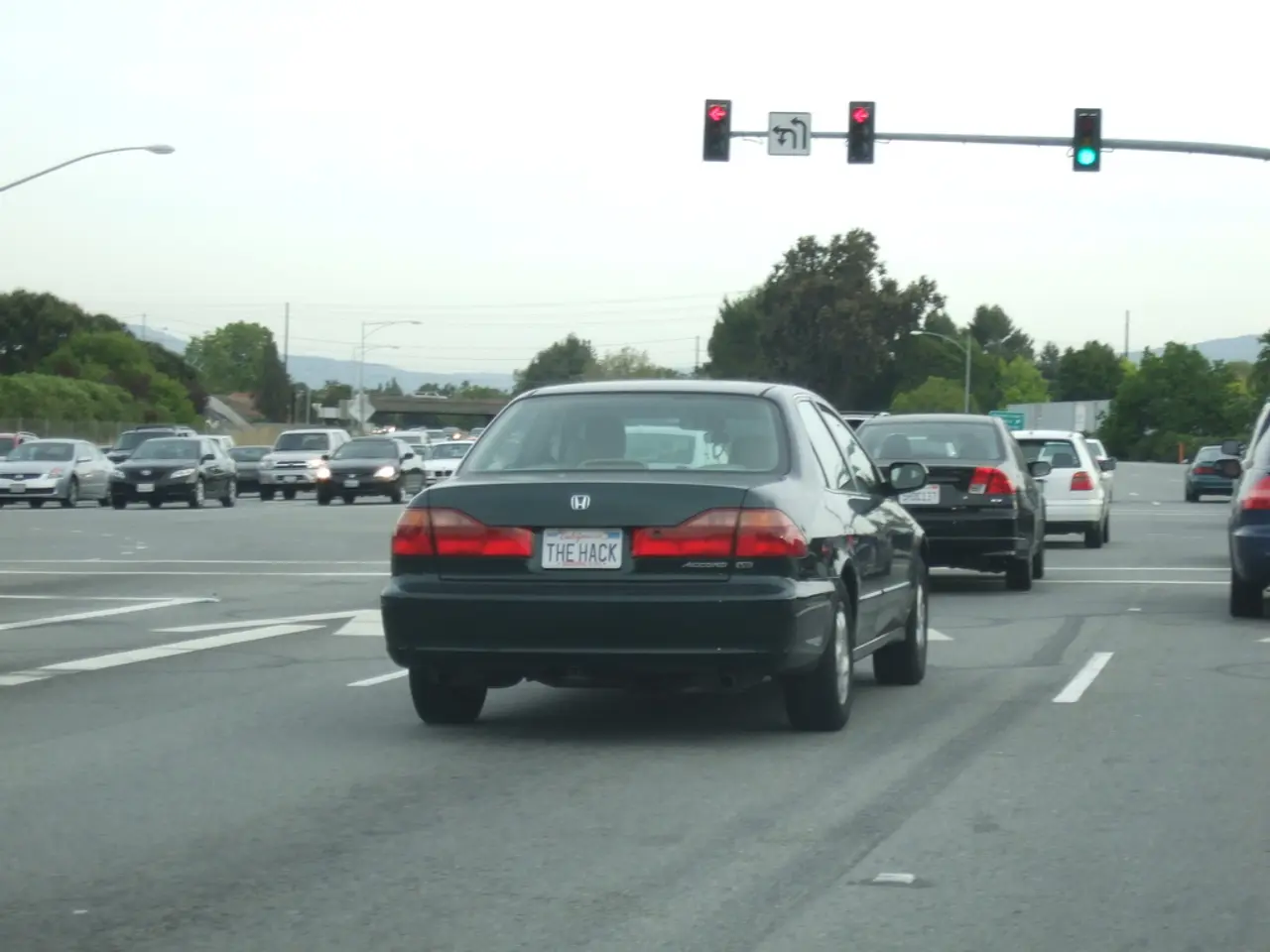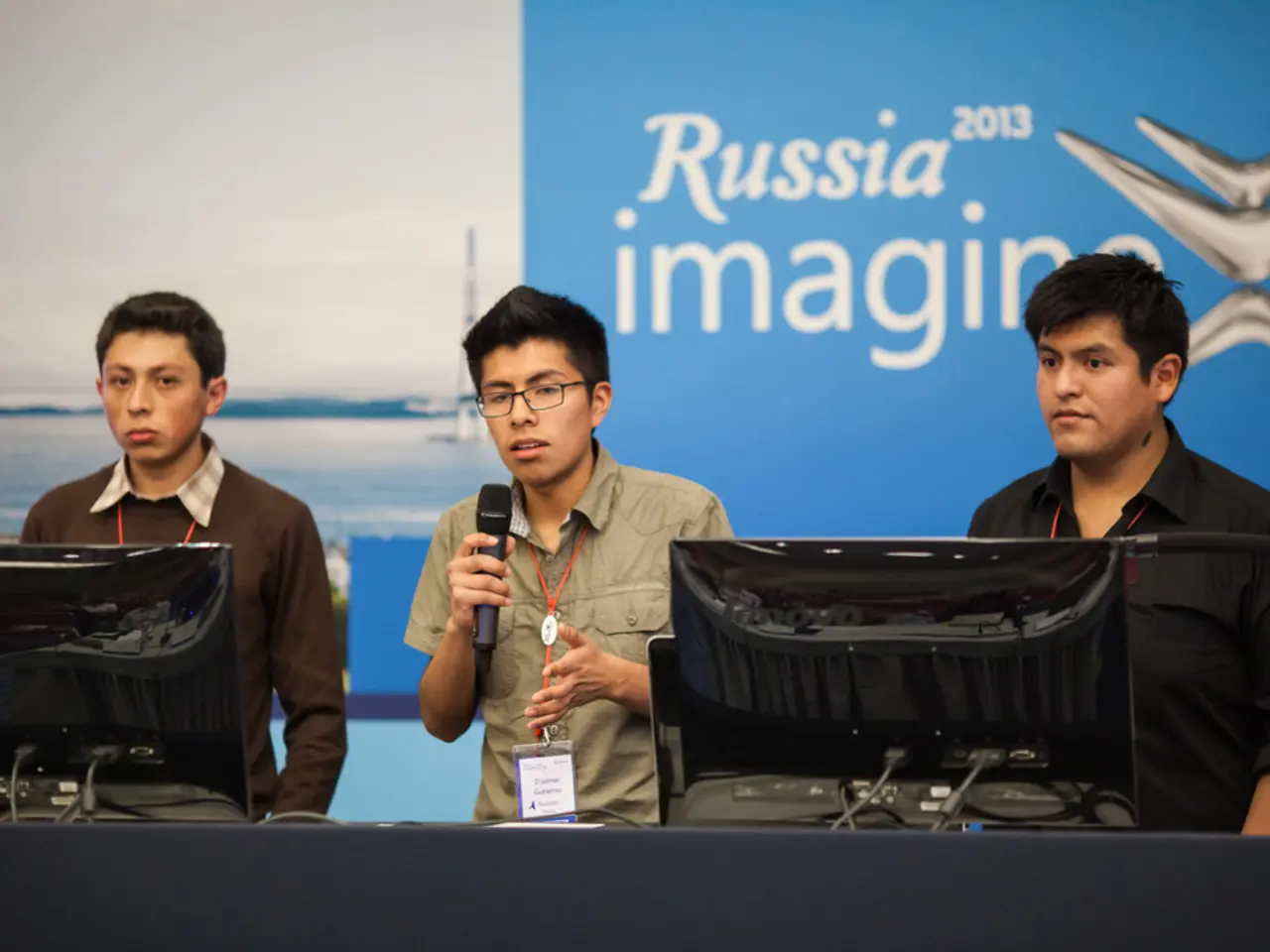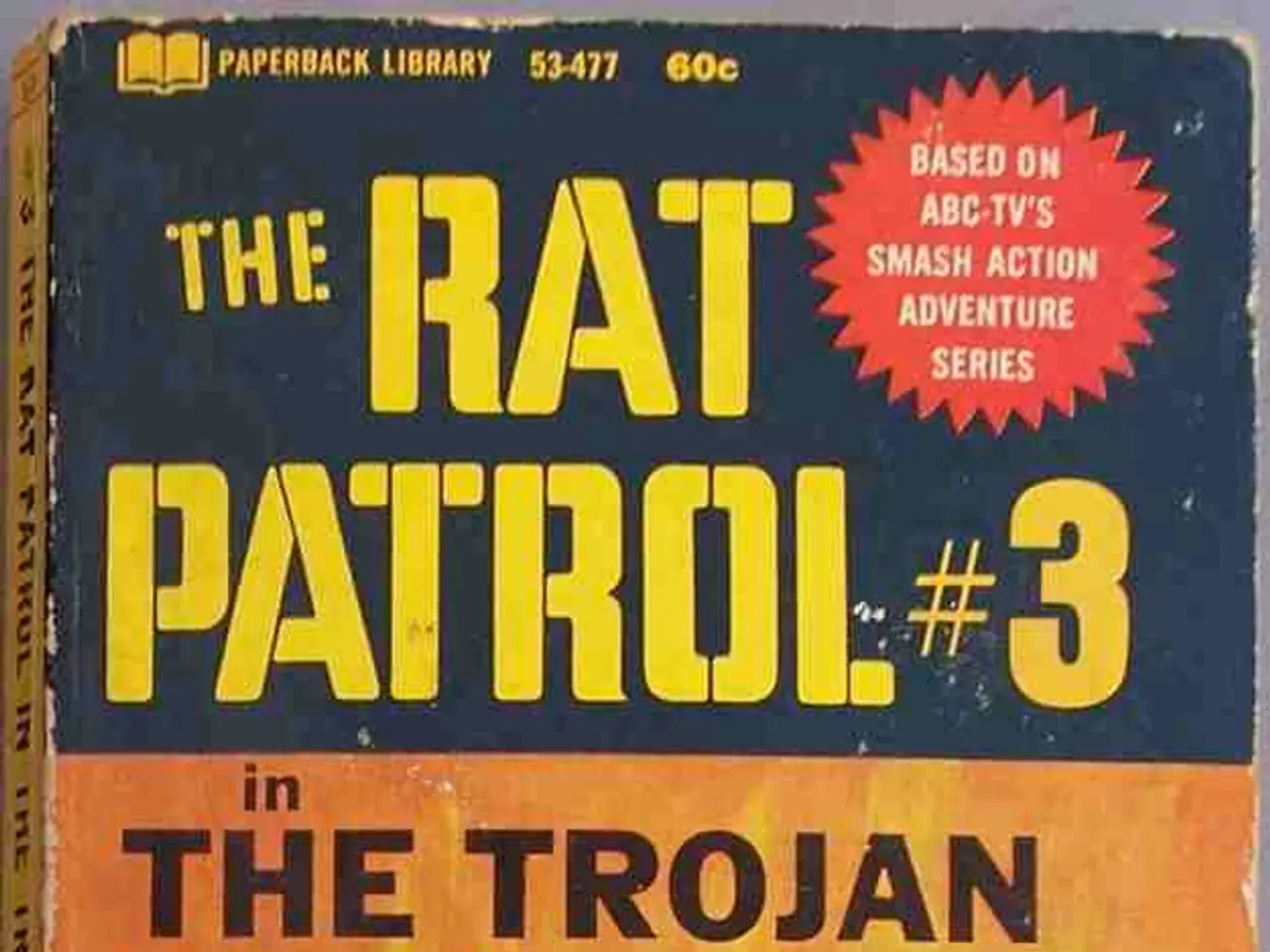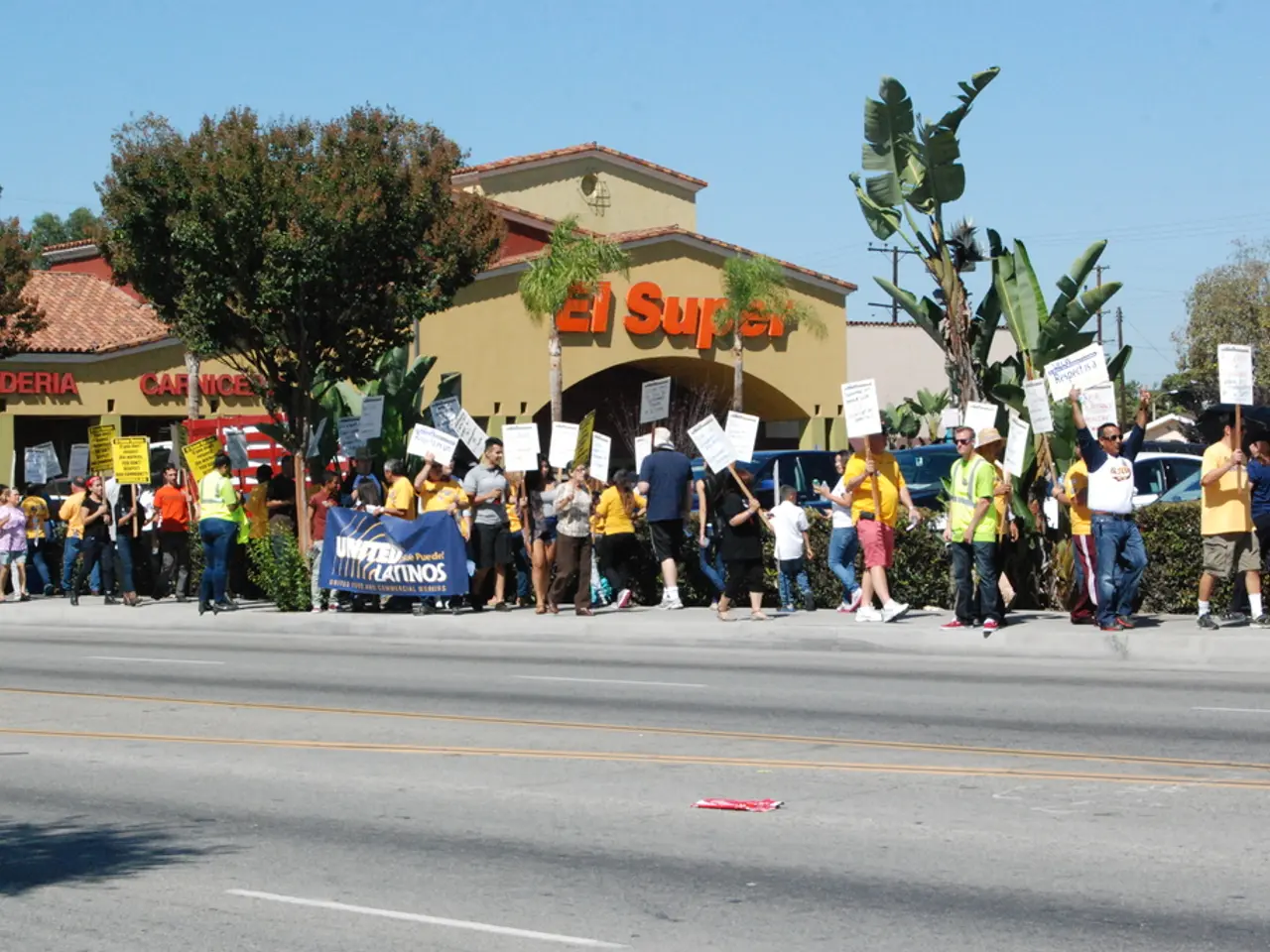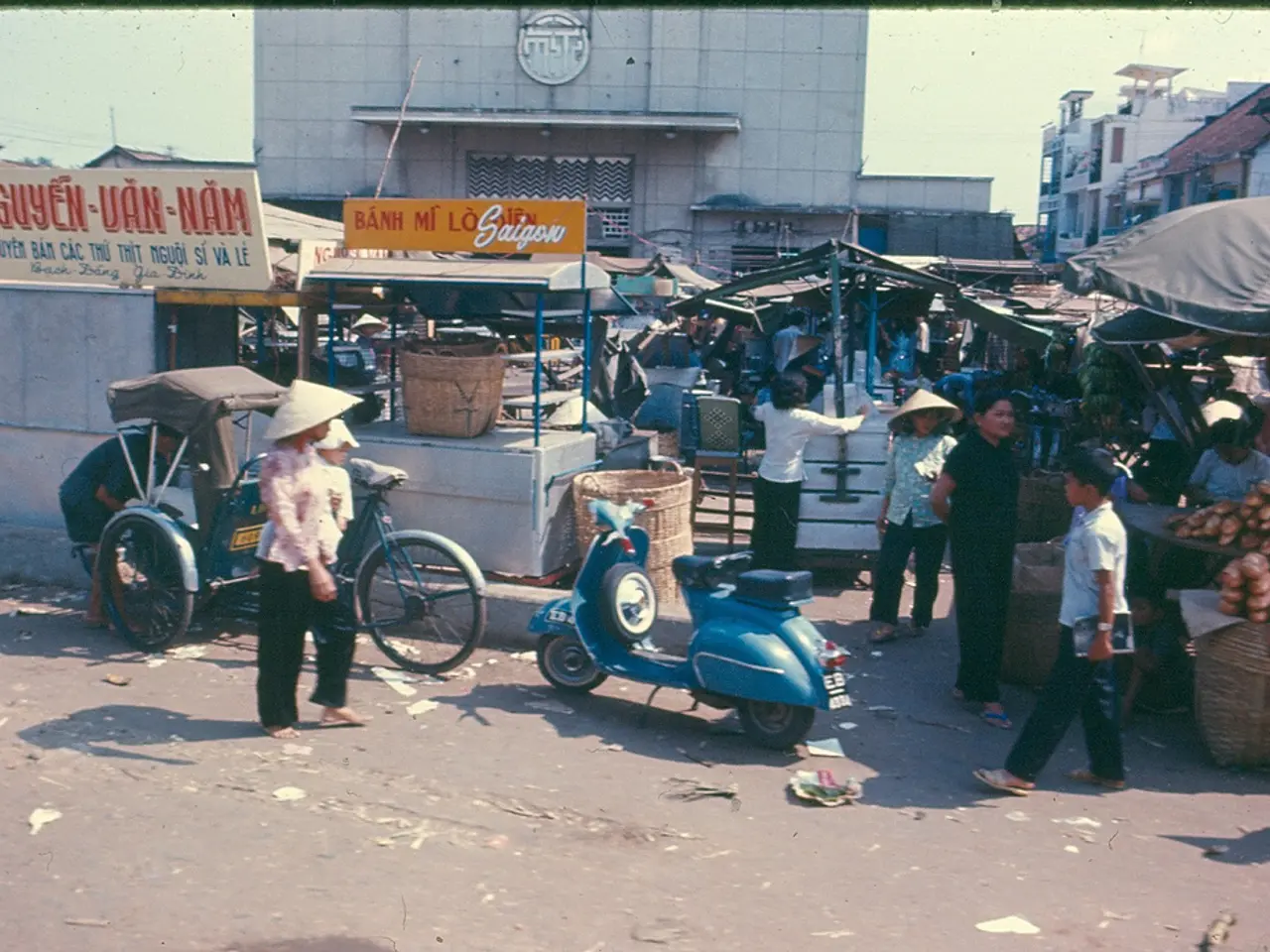Border authorities seek to minimize vehicle congestion at federal checkpoints.
The ongoing collaboration between Germany and Poland is shaping plans and potential solutions to minimize traffic congestion, particularly on the A12 motorway, at the German-Polish border. This comes in response to heightened border controls that have led to significant delays and congestion for travelers.
**Current Situation and Challenges**
Recent border checks by both countries, primarily conducted by Germany on the Polish side, have resulted in substantial traffic jams on the Polish side of the border. The congestion is expected to worsen as Poland prepares to implement its own border controls in response to Germany’s migration-related measures. Local chambers of commerce and regional leaders have expressed concerns about the economic and social consequences of prolonged border delays.
**Plans and Potential Solutions**
Brandenburg’s Minister President, Dietmar Woidke, has advocated for joint controls by Germany and Poland. This proposed collaboration aims to streamline processes by having both countries’ officials work together at the border, reducing duplication and speeding up checks.
Another potential solution is the creation of a third lane for controls in the border area on the A12. This measure is intended to increase throughput and minimize delays for cross-border traffic. The German Federal Ministry of the Interior and Federal Police are also considering strategic placement of inspection points to balance security needs with traffic flow. This includes optimizing the timing and location of checks to avoid the worst bottlenecks.
Authorities regularly communicate with travelers about expected delays, recommend only necessary travel, and advise preparing for long waits by carrying sufficient supplies.
**Summary Table: Key Solutions and Their Potential Impact**
| Solution/Action | Expected Impact | |-------------------------------|------------------------------------------------| | Joint Germany-Poland controls | Reduce duplication, streamline processing | | Third lane on A12 | Increase border throughput, reduce congestion | | Strategic inspection points | Better balance between security and flow | | Public information campaigns | Prepare travelers, manage expectations |
**Outlook**
Authorities are aware of the challenges posed by heightened border controls and are actively discussing both short-term and long-term solutions. The focus is on balancing security requirements with the need to minimize disruptions to cross-border travel and commerce. Woidke suggests that the federal government should coordinate with the Polish side for border control improvements, while Brandenburg's Minister President Dietmar Woidke (SPD) has asked for solutions to ease traffic on the A12.
- The ongoing discussions between Germany and Poland regarding border controls and traffic congestion on the A12 motorway also involve addressing the impact of war-and-conflicts and migration on the region, considering the potential policies and legislations that might be implemented in these areas.
- As migration-related measures in Germany prompt a response from Poland in terms of border controls, it is essential for the political landscape of both nations to consider broader general-news influences such as war-and-conflicts that may contribute to migration patterns and the need for comprehensive border policies.
- In light of the ongoing collaboration between Germany and Poland to minimize traffic congestion at their border, it is crucial for political leaders to recognize the significance of migration, war-and-conflicts, and their interplay in shaping regional policies and legislation, with the ultimate goal of creating a fair and efficient system for both travelers and local communities.
